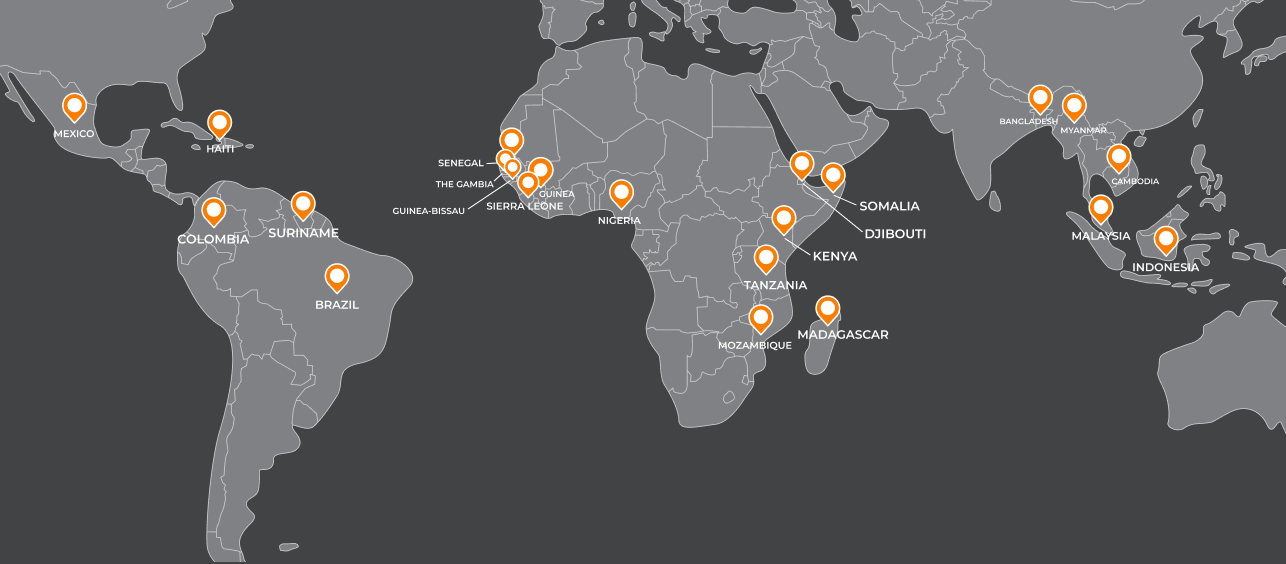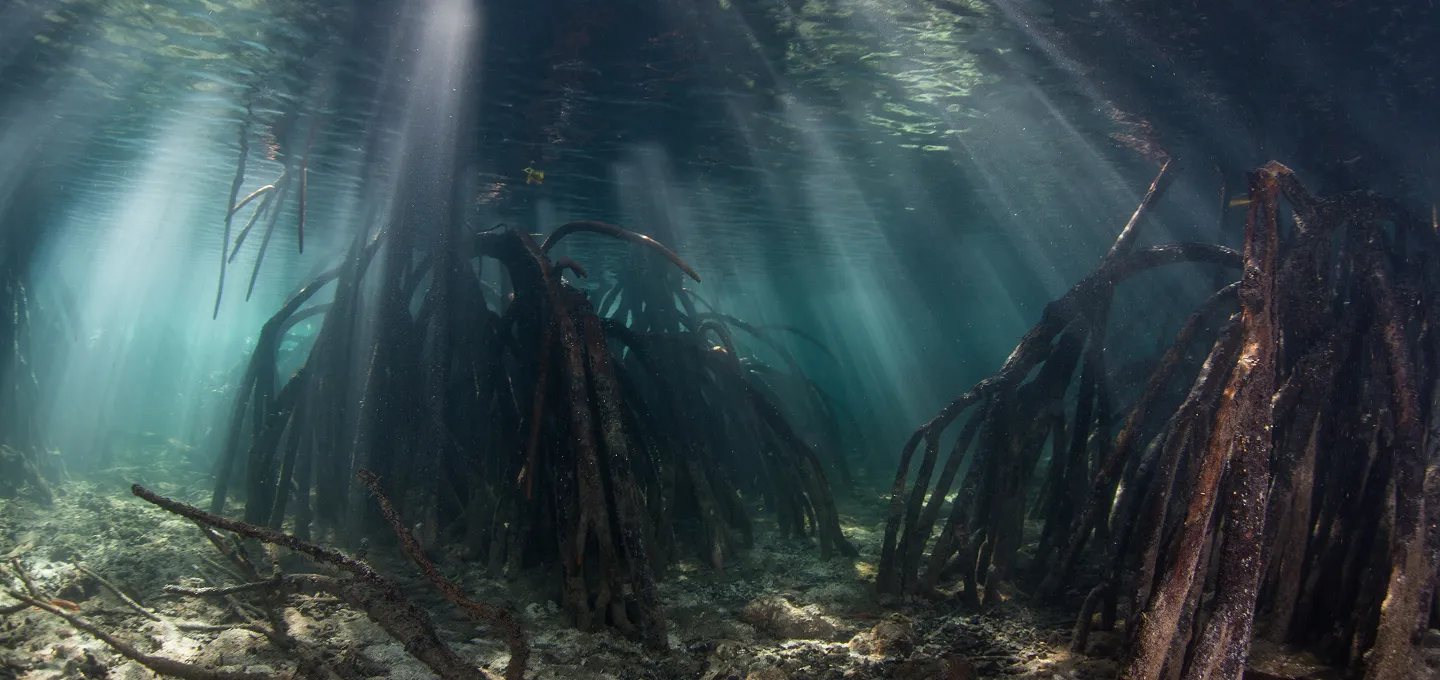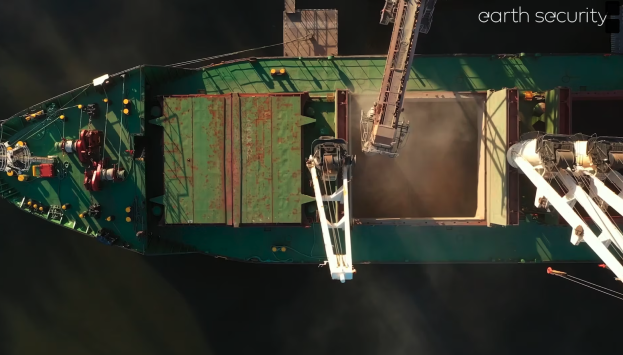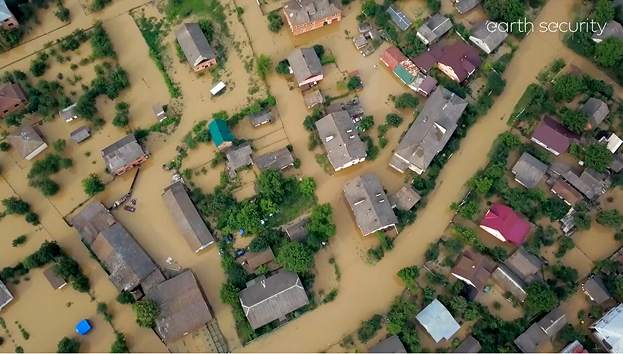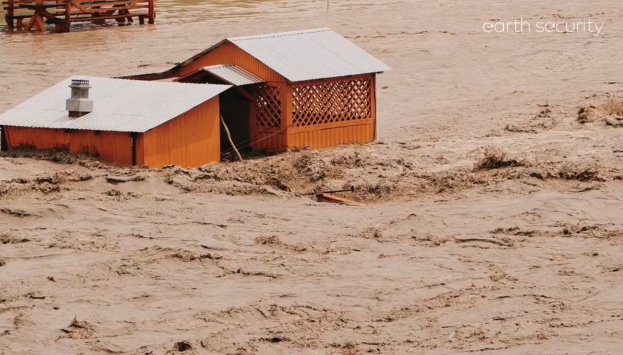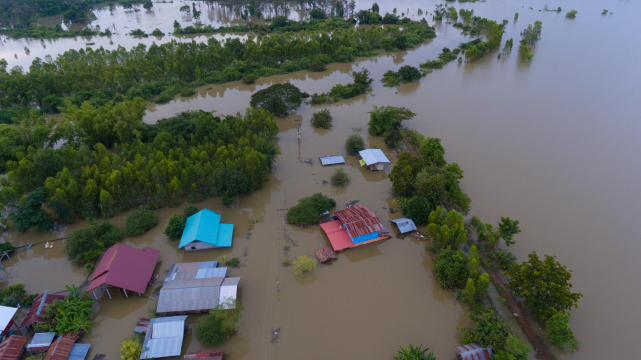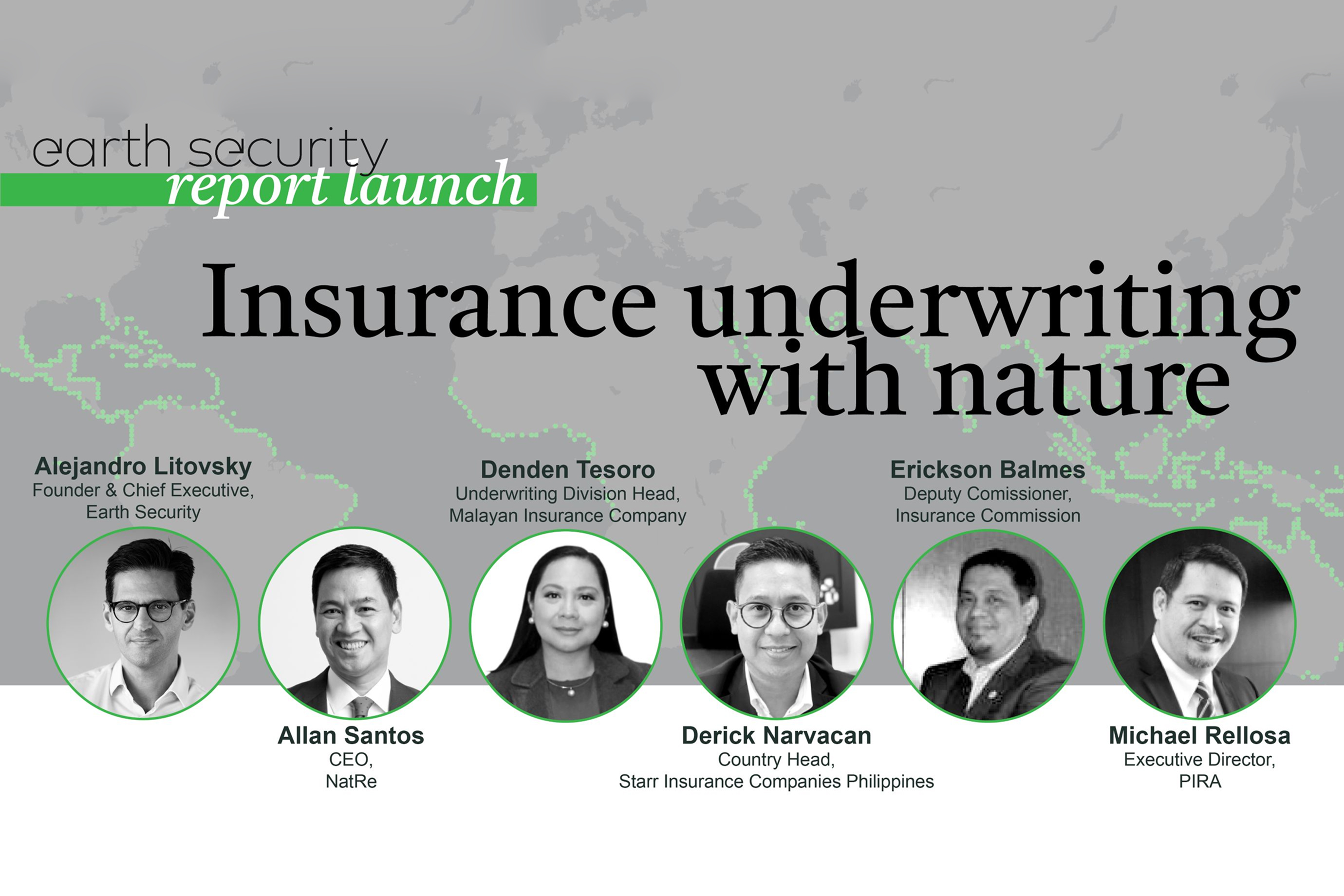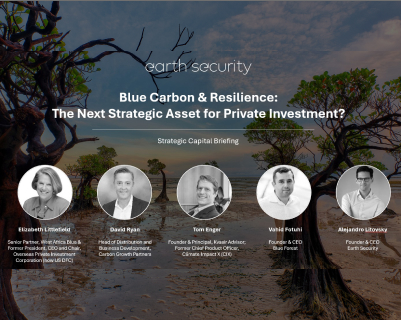Following her participation in a webinar of our Financing Earth’s Assets programme, we caught up with Jennifer Pryce, President and CEO of Calvert Impact Capital to explore her thinking on nature-based investments. She has invested in some of the most promising transactions in this space, from the world’s first ‘sovereign blue bond’ issued by the Republic of the Seychelles, to innovative ‘forest resilience bonds’ that address wildfires in California. At the start of 2021, we reflect with Jennifer on the measures that can accelerate the pace of change.
Earth Security: As a pioneer investor in natural capital, you recently said that we need new systems that responsibly monetise natural capital. What types of systems are you referring to?
Jennifer Pryce: As investment professionals we want to bring capital into transactions that recognise and protect the value of nature. Calvert Impact Capital was an investor in the blue bond issued by the Republic of the Seychelles. What came to be known as the first ‘sovereign blue bond’, was really a way to enable the government to develop and finance a marine protection plan.
The deal took over two years to put together as it required environmental mapping, establishing a process for the fiduciary use of proceeds, and perhaps most importantly, creating widespread awareness and buy-in throughout the government so metrics and goals to preserve the blue economy would be embedded throughout government programs.

These deals are very creative and go beyond the investment mainstream. They require a long development process as well as collaboration between public, private and NGO actors. So, when I talk of the ‘systems’ we need, I am thinking beyond the individual transactions, as important as these are. We need an enabling financial ecosystem that can replicate successful products and regulatory frameworks across countries, but most importantly, we need more awareness from investors and governments of the opportunity to invest in nature-based solutions.
Blended finance was very important to the blue bond - it helped mitigate the credit risk. The World Bank (IBRD) provided a guarantee of losses up to a certain threshold if the government could not pay back its obligations. Grants from a multilateral fund also played a role in partially supporting the government to pay interest due to investors, which blended down the cost of capital further.
Especially important to the success of the blue bond transaction was that while the proceeds of the bond was being used for unique purposes, the product we invested in – a sovereign bond - is something that investors understand and know where to place in a portfolio.
ES: If investing in nature at scale will take so much re-design of systems, incentives and models, what do you think will help accelerate the pace of change?
JP: We can’t keep doing deals at the current pace. One way to accelerate change is to educate investors. If we educate investors about the opportunity to invest in nature-based solutions, they will advocate for more exposure to these kinds of deals with their financial advisors. I think pension funds and insurance companies are uniquely placed to embrace nature-based deals, since the longer time frame of these opportunities is better aligned with their capital.
Another important task is to engage public finance institutions to provide de-risking capital on a bigger scale. We’re seeing more public entities, from DFIs to sovereign investment funds, willing to use their balance sheets to guarantee investors.
Finally, we have to communicate more about the positive performance of these instruments, to start “proving the concept” for a wider audience We also need more transparency on impact – the ecological positives and negatives of many nature-based solutions not yet fully captured. They can be difficult or costly to measure, and this is another area where blended finance, including strategic philanthropy, can help to accelerate the pace of change.
ES: What is the biggest barrier you see at the moment for investors?
JP: There are simply not enough deals on the table right now. We need an entity or a process that speaks the languages of the private, public and community sectors that can structure and lead transactions to shepherd more deals to market on a tighter timeframe.
The second barrier is size. Institutional investors, like pension funds for example, need investments of a certain size. They want to invest USD 20 million, but also want this to be just 10% of the overall deal. There are not a lot of products out there of this size, that can be distributed easily to investors.
ES: There has been a growing interest to see nature as an investable ‘asset class’. What does this mean to you?
JP: I see nature as a lens that impacts all asset classes, whether a public equity or a bond held by investors. Currently, the fact that a country having healthy seas or forests does not correlate with much else in an investors’ portfolio is a big opportunity to attract new investment capital.
We’re spending more money now to recover from the destruction of nature and it’s not a sustainable strategy. We must make the changes that allow us to work with nature as a partner.
For example, Calvert Impact Capital is an investor in the Forest Resilience Bond, the proceeds of which covers upfront costs of forest restoration work by the US Forest Service in the North Yuba watershed of California. The instrument mitigates the risk of catastrophic wildfire while also protecting the water source and sequestering carbon.
The beneficiaries of the restoration work, which include the water utility and the water agency, make payments for this ecological service, and provide investors with a financial return. The forest resilience bond is a demonstration of what can happen when a third-party payer, such as a water utility, recognises the value of nature.
ES: What’s next for Calvert Impact Capital on this investment agenda?
JP: This kind of innovation is what Calvert Impact Capital, and impact investing more broadly, is all about. We’d like to put more capital to work financing nature-based solutions and while deal volume is low, momentum is starting to build. More opportunities are emerging that are aligned investment in terms of financial, social, and environmental returns. We’re excited to stay engaged and help the space develop.
Explore the reports
The Earth Security Index Reports provided in-depth analysis of critical themes across selected industries and market geographies, enabling investors to anticipate and respond to emerging global dynamics. Download and explore the full Earth Security Index reports:






